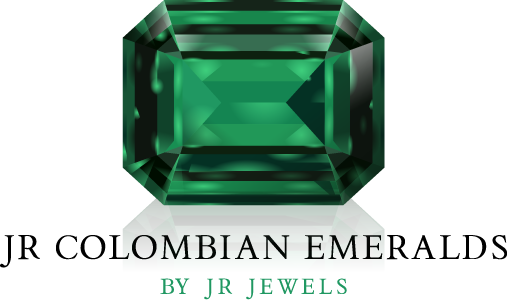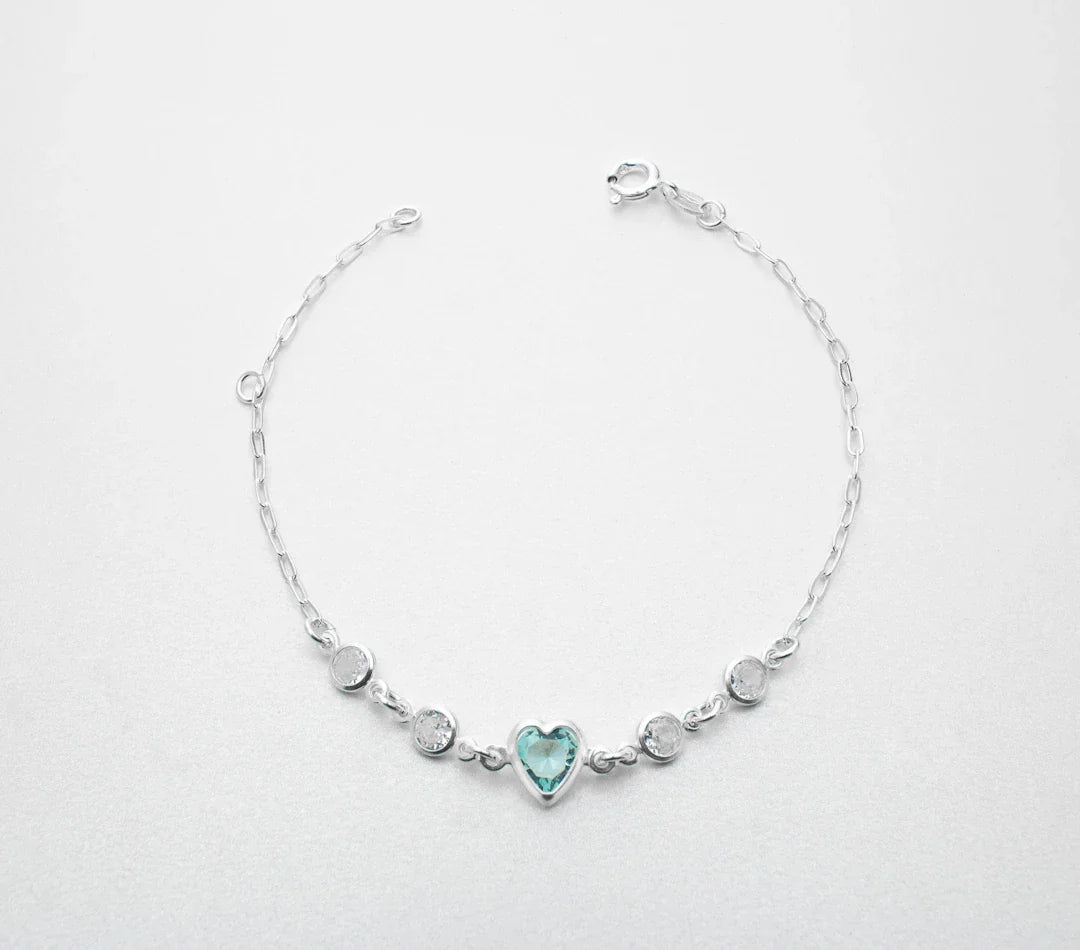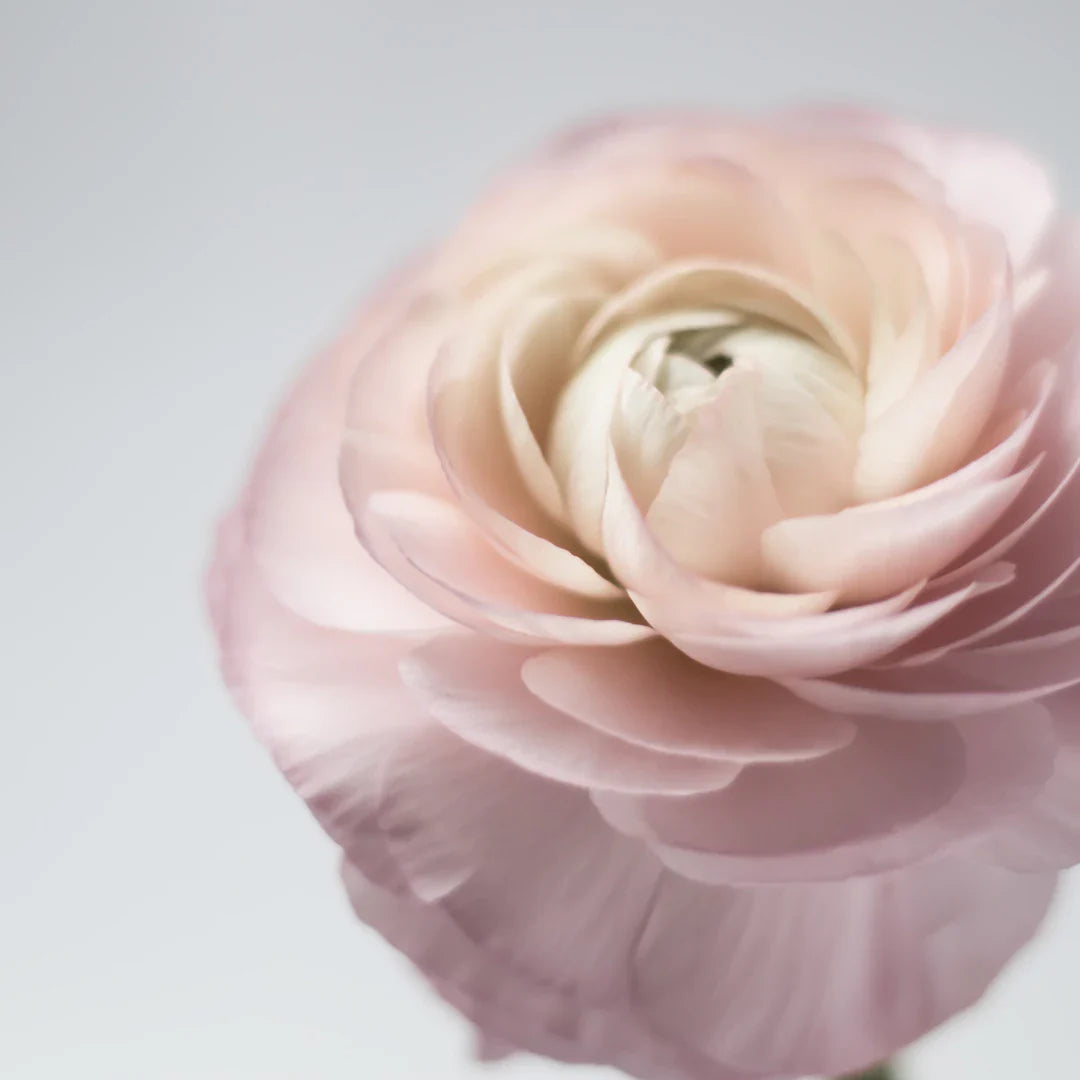Frequently Asked Questions
1. What are the key factors to consider when buying emeralds?
2. How can I identify the authenticity of an emerald?
3. What types of cuts are common for emeralds?
4. Why is color important when evaluating emeralds?
5. What care should I take for my emerald jewelry?
Emeralds are more than just gemstones; they capture the essence of nature's beauty with their lush green hues and mystical charm. An investment in fine emerald necklaces or loose emerald stones can spark joy and prestige, but it’s essential to ensure the quality and authenticity of these treasures. In this guide, we’ll delve deep into the nuances of identifying genuine emeralds, helping you make informed decisions when shopping for these breathtaking gemstones.
Understanding Emeralds: A Brief Overview
Emeralds belong to the beryl family, which encompasses various other stones. The captivating green of emeralds is attributed to trace amounts of chromium and vanadium. They come in different shades, from light green to deep forest hues, which can affect their value and desirability. Knowing the characteristics of a genuine emerald will lead you toward a wise purchase.
The Importance of Color
Color is perhaps the most important factor in determining an emerald's quality. When considering fine emerald necklaces, keep in mind the following:
- Saturation: The intensity of color plays a crucial role. A vivid green is generally preferred, offering a perfect balance between hue and tone.
- Hue: The ideal hue is a pure green; however, some emeralds lean toward blue or yellow-green shades. Always aim for that rich, vibrant green that emeralds are known for.
- Uniformity: Consistency within the stone's color enhances its value. Look for emeralds without dark spots or color zoning.
Identifying Clarity and Gemstone Inclusions
Every emerald has its unique character, often indicated by inclusions. While inclusions can decrease a gemstone's value, some may enhance its allure. When evaluating fine emerald necklaces or loose stones, consider the following:
Common Inclusions Found in Emeralds
Emeralds are known for having natural inclusions that can often be seen through a jeweler’s loupe. The most common types include:
- Jardin: This French term means “garden,” referring to the intricate network of inclusions resembling a garden’s natural beauty.
- Crystallization Lines: Subtle lines may indicate the presence of other minerals crystalized within the emerald.
- Gas Bubbles: Though rare, gas bubbles trapped within the stone can be an indicator of its authenticity.
Evaluating Clarity Grade
Emeralds are typically more included than other gemstones like diamonds. When evaluating clarity, use the following scale:
- Flawless: No inclusions visible even under 10x magnification (very rare).
- Very Slightly Included: Minor inclusions that are difficult to see with the naked eye.
- Slightly Included: Inclusions are noticeable but do not significantly impact appearance.
- Included: Inclusions are prominent, affecting the overall beauty of the stone.
Examining Cut and Shape
The cut of an emerald accentuates its beauty, allowing light to penetrate the stone, thereby enhancing its depth of color. The most common cuts for emeralds include:
- Emerald Cut: A rectangular shape designed specifically for emeralds, emphasizing their color and minimizing inclusions.
- Round Cut: Provides brilliance and allows for more sparkle, but may not showcase the rough edges as brilliantly.
- Oval Cut: This shape combines elegance and sophistication, enhancing the appearance of size.
When shopping for a fine emerald necklace, make sure to pay attention to the symmetry and polish of the cut. A well-cut emerald reflects light efficiently, producing a dazzling display.
Weight and Carat Considerations
The carat weight of an emerald can significantly influence its price. In general, larger emeralds are more valuable. However, the size should not compromise quality. Pay attention to the following:
- Carat Weight: Larger gemstones will naturally carry a higher price tag; however, they must maintain good color and clarity to be worth the investment.
- Proportions: The ratio of the emerald’s size and shape can affect visual weight. An elongated emerald may appear larger than a cubic one, although they have the same carat weight.
Provenance and Certification
When investing in emeralds, the origin can add substantial value. Colombian emeralds, for example, are often considered the finest due to their deep color and fewer inclusions. Before purchasing a fine emerald necklace, ensure to request a certification from a reputable gemological institute. This certificate provides:
- Confirmation: A verification of the emerald's origin, quality, and treatment.
- Peace of Mind: Proof that the gemstone is genuine and not a simulant or imitation.
Recognizing Authenticity: Red Flags to Watch For
As with any high-value item, fake gems do appear in the market. Keep an eye out for the following red flags when shopping:
- Unrealistic Pricing: If it seems too good to be true, it probably is. Be wary of emeralds presented at bargain prices.
- Lack of Documentation: Always ask for a certification that confirms the gem's authenticity.
- Overly Perfect Appearance: Natural emeralds typically have inclusions. A flawless emerald might indicate it’s synthetic.
Finding the Right Vendor
The vendor you choose can make or break your emerald-buying experience. Look for reputable sellers specializing in emeralds. Check their credentials, read customer reviews, and ask questions about their sourcing practices. An ideal vendor will proudly provide information about the stone's origin, treatment, and history.
Online vs. In-Store Shopping
Shopping for fine emerald necklaces online can offer the convenience of browsing many options, but in-person shopping allows for immediate inspection. Here are some tips for both:
- Online: Always purchase from trusted platforms. Look for clear images, detailed descriptions, and return policies that protect buyers.
- In-Store: Ask to examine the gems under various lighting. A genuine emerald should exhibit depth and richness.
Emerald Care and Maintenance
Once you've found your perfect emerald, it’s crucial to maintain its beauty. Proper care includes:
- Cleaning: Gently clean with warm soapy water and a soft brush, ensuring you do not use harsh chemicals.
- Storage: Store emeralds separately to avoid scratching; a jewelry box lined with a soft cloth works best.
- Avoid Heat and Chemicals: Keep emeralds away from intense heat or household cleaners, as these can damage the stone.
Why Emeralds Are a Timeless Choice
Investing in emeralds—especially fine emerald necklaces—is a decision rooted in both beauty and heritage. These timeless gemstones carry stunning aesthetics while often embodying personal meaning. They have adorned royalty and are often gifted for anniversaries, symbolizing love and commitment.
Sealing the Deal: Making the Right Choice
When making your final selection, trust your instincts. A genuine emerald should resonate with you emotionally—its color, clarity, and craftsmanship should captivate your heart. Take your time and don’t rush your decision. Ultimately, the best choices are those made with both knowledge and intuition.
With this comprehensive guide at your side, stepping into the world of emerald purchases will feel less daunting. By understanding the characteristics that define a genuine emerald, you can confidently invest in pieces that will not only enhance your personal style but also retain their beauty and value for generations to come. Ready to find your perfect emerald? Let's make that dream a reality!




Leave a comment
This site is protected by hCaptcha and the hCaptcha Privacy Policy and Terms of Service apply.